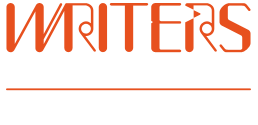Analysing photographs
From Description to Storytelling: Carmel Bird shares a writing exercise.

And what have we learned from this amusing episode?
An exercise to help you identify the theme of your memoir from First Draft: Memoir in a Year – Theme tutor Liam Pieper.
There’s a Golden Rule of writing, one of Kurt Vonnegut’s which every writer should live by which is, “Use the time of a total stranger in such a way that he or she will not feel the time was wasted.”

Begin with the End
Too often, we spend so long building towards the climax of our story that we’ve lost the reader long before we get there. A good exercise in understanding the structure of your story is to begin with the end. Take the climax of the closing scene and move it the beginning of your story. Often the most powerful writing in your story is at that intense moment of resolution.
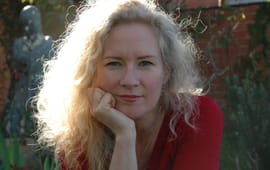
Digging up the themes of your life
Our lives are so big. Where does one start in making sense of and recording one’s life story?

Distance yourself
Think briefly about an emotional event in your life: how it felt at the time, where you were geographically, who else was in the vicinity, what sounds you recall. If you’re able, write three short paragraphs about the incident in first person.

Doing the cards
Before I began writing short stories and novels, I studied screenwriting. Screenwriters are accustomed to laying out their stories using index cards (available in various sizes from stationery suppliers) and I use the technique in novel-writing. I claim no originality, but if you haven’t given it a try, I strongly recommend doing so – using real cards rather than software!

Enrich your dialogue, enrich your stories
Memoirist, copywriter and comedian Luke Ryan has an exercise to help you craft authentic characters through dialogue in the lead-up to his First Draft: Memoir in a Year – Characters and Dialogue workshop.

Ethics of memoir
In the lead-up to her Memoir in a Year workshop on Legal Issues and Ethics, Rebecca Starford shares this writing workout on the ethics of memoir.
One of the most contentious issues around memoir is the question of truth. The way you remember an event, say an argument, might be completely different to the other person’s memory of the occasion.
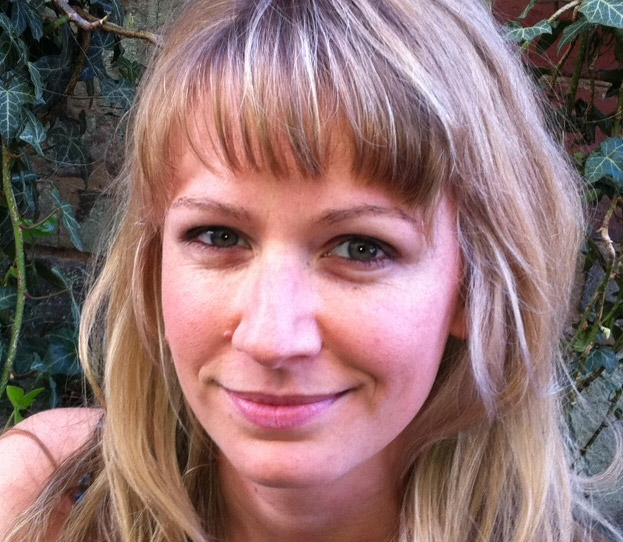
Give the scene energy
In memoir we don’t have to create our “characters” from scratch, they are living or have lived in all their complexity and vulnerability and with all their mannerisms and habits and ways of being in relationship with others. So in one sense we have an easier job than fiction writers. However, our challenge in another sense is exactly the same as that for writers of fiction: to bring these people, these “characters”, to life on the page so that readers come to care about them. James Wood, staff writer at The New Yorker calls it, “getting these people out of the aspic of arrest and mobilised in a scene”.

Hard-working blurbs
The hardest-working words in a book appear not between its covers but on the back (and often the front) cover.
This is an exercise about thinking through how writers and publishers reach out to readers. Go to the biography/memoir section of a bookshop and look at the range of titles, keeping in the back of your mind where your memoir-to-be may sit. Do this online if you can’t get to a bricks-and-mortar bookshop.

Impersonating writers, inhabiting characters
When I was at university a hundred years ago, I had two brilliant teachers, Robin Grove and Mary Dove, who ran a class about the idea of desire. During the semester we read various Western texts about desire: the Song of Solomon, Clarissa, Northanger Abbey by Jane Austen… I forget the others. It was a wonderful class though, and particularly because Mary and Robin were versatile, imaginative scholars and they had us do some interesting exercises.
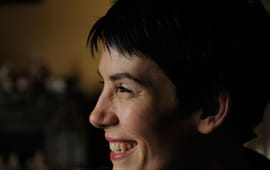
Making your characters talk
Several years ago I came across the work of the great American screenwriter, David Milch. He’s probably better known for his work on NYPD Blue, but it was his extraordinary series Deadwood (2004–2006) that caught my attention. Set in the gold rush town of Deadwood, South Dakota – a cesspool of crime and corruption – and peopled by a rich cast of characters, its grand themes are the forces that people are subject to and the ways that people build societies despite these. It’s the town’s inhabitants that I watch it for, and for the dialogue that so perfectly reveals each of them.

Memoir writing and protecting yourself
Tutor Spiri Tsintziras has a tip for memoir writers in the lead-up to her workshop on Protecting Yourself: name your fears, give it a few days, and be your own trusted friend.

Memory, Veracity vs Making Things Up
Imagine someone gives you a marvellous interview at an early stage. You recognise gold when you see it and you write it up. It becomes an important facet of your argument in the book. Then, at the eleventh hour, your source regrets her candour, her indiscretion, and very much hopes you won’t use it. What should you do? What will you do?

Mess it up
Nice and neat is the enemy of good writing.I am talking about, let’s say, neat sentences and paragraphs, or a lovely symmetrical structure with the action spread evenly across the length of the work like Sheridan linen on a bed in a good hotel, so there are no air bubbles and nothing is bunched up anywhere. I am talking about everything being rounded off at the level of a paragraph, a chapter, or a whole manuscript.

Open your ears
Meg Mundell shares this exercise in eavesdropping in the lead-up to her Novel in a Year workshop on Dialogue.
Meg wrote ‘Things I Did for Money’ and ‘Black Glass’. She has written for The Age, The Monthly, Best Australian Stories, Meanjin, Sleepers Almanac, Financial Review and The Australian, and worked as a lecturer, copywriter and ventriloquist’s assistant.
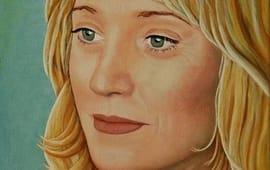
Personal experiences, memorable stories
Writing personal narrative non-fiction usually involves mining your own experiences to create memorable stories. Sometimes there are personal experiences that continue to resonate for us, but we find it hard to understand exactly why.

Plotting character pivots
Whether your novel is utilising a traditional three act structure (set up, conflict, resolution), a variant of this or something much more experimental, it has to have a structure, an internal architecture, which determines its overall shape.

Possible selves
In the lead-up to her Novel in a Year workshop on Resolution, Leanne Hall shares this writing workout on possible selves, inspired by Hazel Markus – a professor of psychology at Stanford University.
Possible selves are the people we imagine we might become in the future, or should become, or are even scared of becoming. These many possible selves are what motivate us and spur us into certain actions.

Redrafting
The temptation when redrafting is to move sections, to tinker and to massage. The word processor has much to answer for. Here’s a quick technique for seeing your work with new eyes.
Take either a whole short story or a chapter of a novel and change the gender of your protagonist. I know, I know, it won’t work, etc, etc. But bear with me. Do it and I think you’ll find things out about your characters and the way you’ve been writing them that you hadn’t realised.
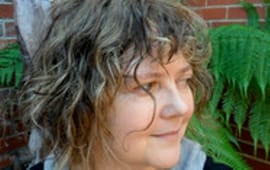
Showing, not telling
How do you show rather than tell a character’s traits? Rochelle Siemienowicz, who’ll be leading First Draft: Memoir in a Year – Showing, Not Telling, has a writing workout to help you out.

Synopsis and pitch
In the lead-up to her Novel in a Year workshop on Synopsis and Pitch, Clare Strahan shares a couple of exercises to get you thinking about the submission end of the writing process.
Synopses and pitches get a bad rap – nearly every writer I mention them to shudders at the thought, and editors and publishers are quick to say we must keep them short. In preparation for our excavation of the mysteries that are blurb/synopsis/pitch, I suggest two exercises.

Take your character for a walk
Here’s an exercise I developed after I’d written a scene in which there was simply too much interior monologue and not enough action. You’ll need a notebook and pen (or recording device) and a camera. This exercise assumes your character is facing a conflict of some kind as, let’s face it, without conflict, you haven’t got much of a story.
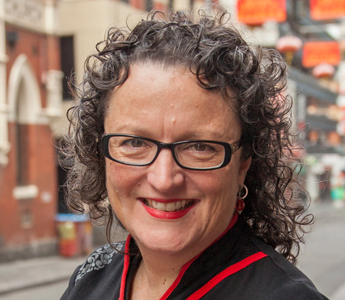
Test your grammar
The most basic grammatical skill needed is to be familiar with the eight parts of speech and knowing how they work together in the construction of a sentence, including the proper usage of punctuation. If you don’t know the rules, you won’t be able to break them for effect.
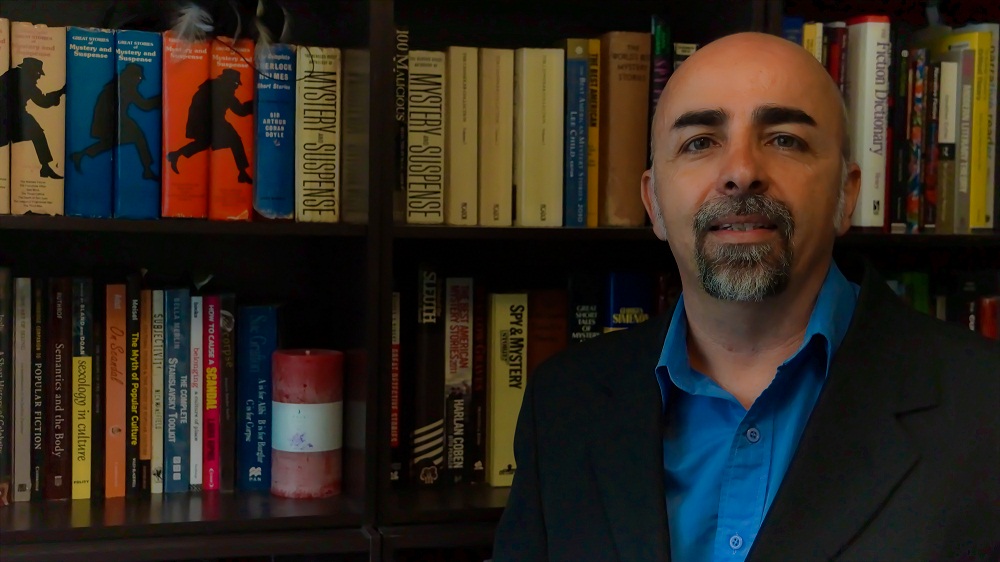
The truth is out there
The truth is out there. Try this writing exercise from WV tutor Marie Alafaci to help you find it.

The voice of the other
Writing from the voice of a character who is not the same gender, race or age as yourself is one of the hardest skills to learn. The trick is not in concentrating on the writing, but on the listening. These characters call for greater authenticity, which means they are going to be more convincing if you don’t make things up about them. Making up, say, ethnic characters out of the blue, may lead to the danger of resorting to cultural stereotypes. Sometimes, writers defiantly go the other way and render these characters so opposite to their “expected” tropes that they become flat and two-dimensional.

Voice and point of view
“Writing is the painting of the voice.” – Voltaire
Come, my friend. I give this exercise to you.
Hey, mate, want to try a writing exercise?
Want to give a writing exercise a go?

Voice: The most elusive of all writing elements
Josiane Behmoiras shares an exercise for understanding and honing the elusive writer’s voice.
UPDATE: Josiane will be running a workshop on The House in Memoir at Writers Victoria in November 2017.
The intersections of elements that constitute the coinage known as the writing voice present as an intangible concept, and moreover, as a contemporary phenomena. (Hmmm, perhaps should delete meaningless words? Try again…)
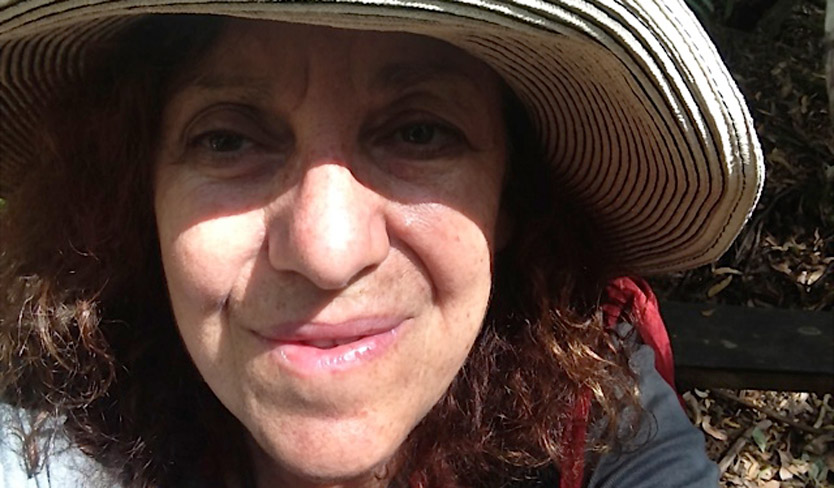
When the words won’t come
Sometimes I can’t stop writing. Sometimes the words tumble out of me like some writhing, living beast that refuses to be contained. Where the story emerges, almost unbidden, and it’s all I can do for my fingers to keep up with the rapid pace of my mind. Suddenly the dreaded white page is covered in satisfying black—whole chapters completed, an entire story driven home. Perhaps in a single day. Perhaps in just a few hours.

Write yourself a letter
This is a ten minute exercise. By then, you won’t want to stop, so really it’s longer. But I’m saying ten minutes because that’s all you need to discover it’s working. Because if you give this ten minutes, you get one of the best characters you’ve ever written.

Writing conflict
When writing a work of fiction, you can use the same plot point to produce many different forms of conflict.
In the lead-up to Eli Glasman’s Novel in a Year workshop, he shares this exercise on how to write conflict into your story.

